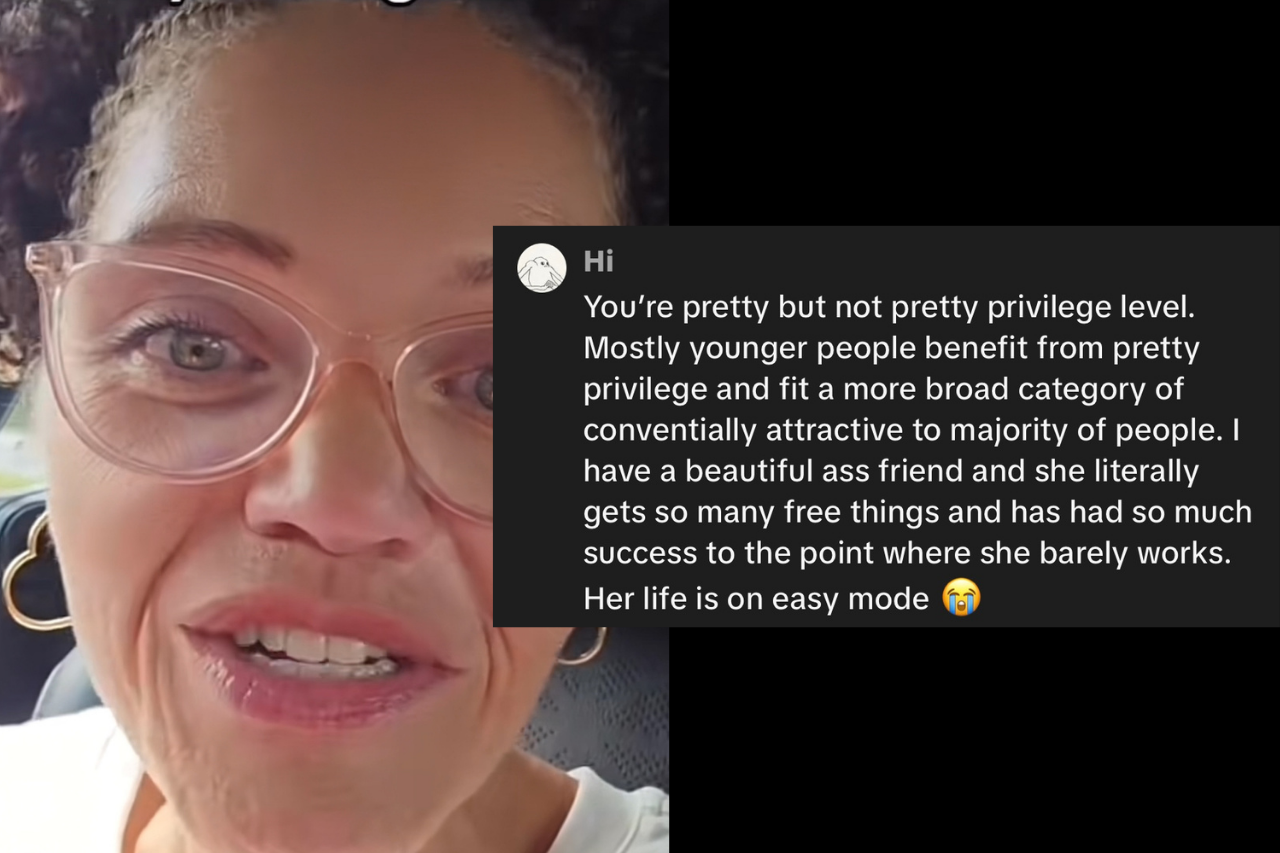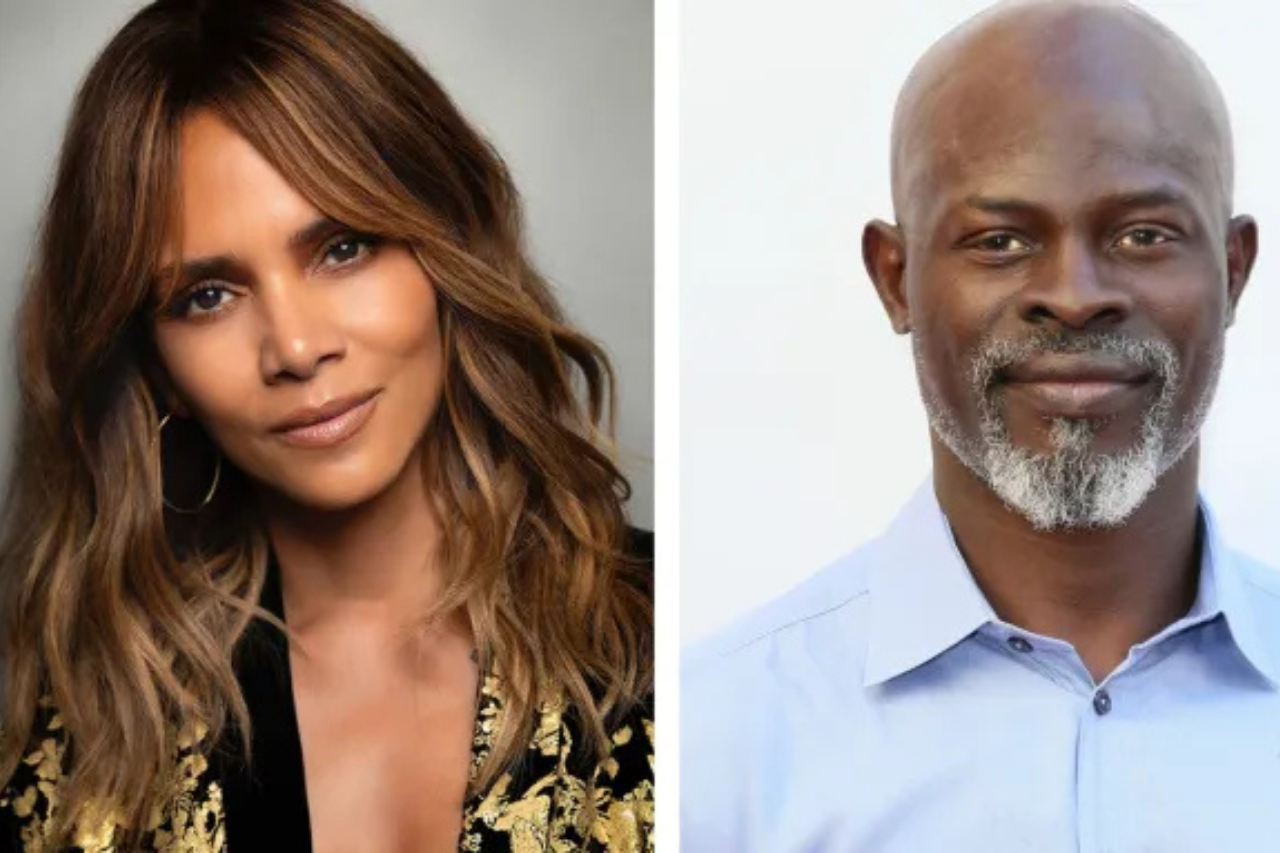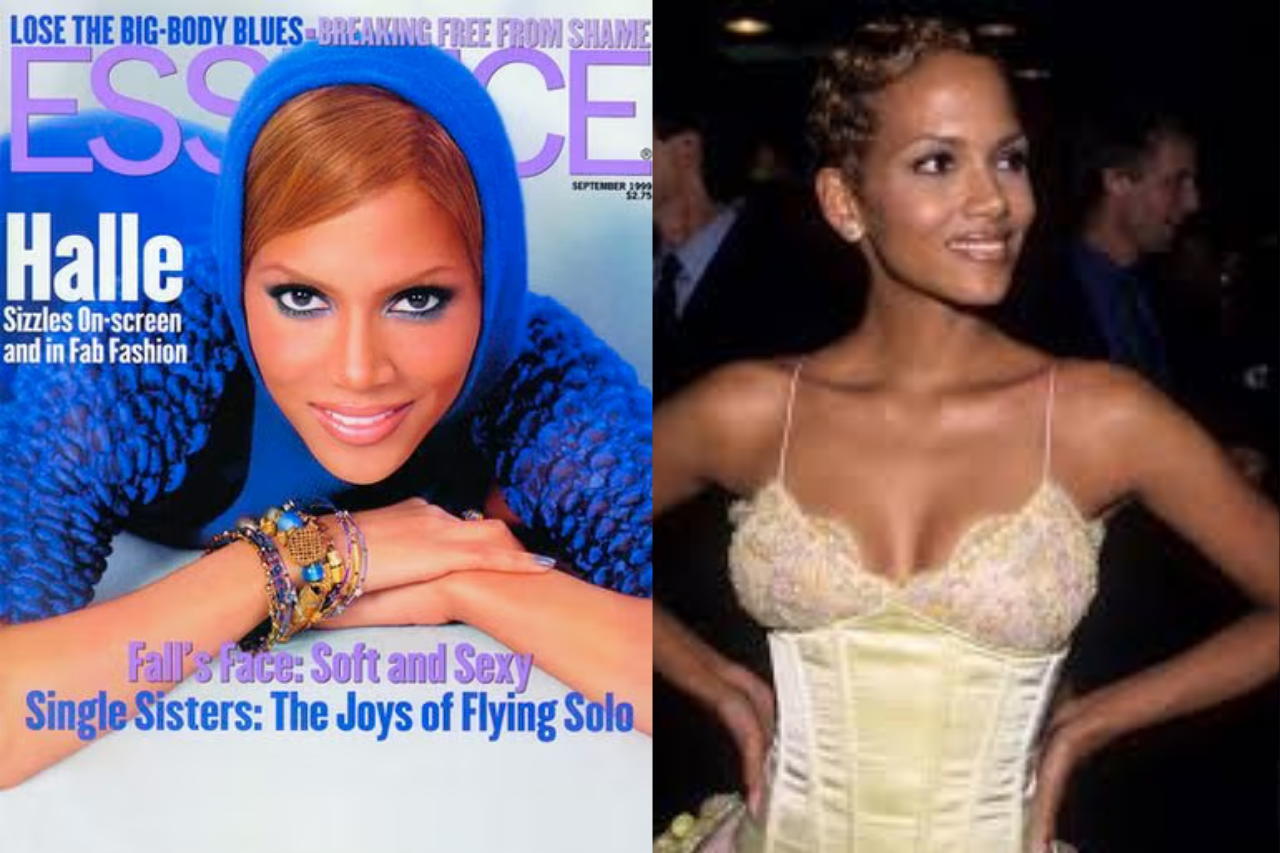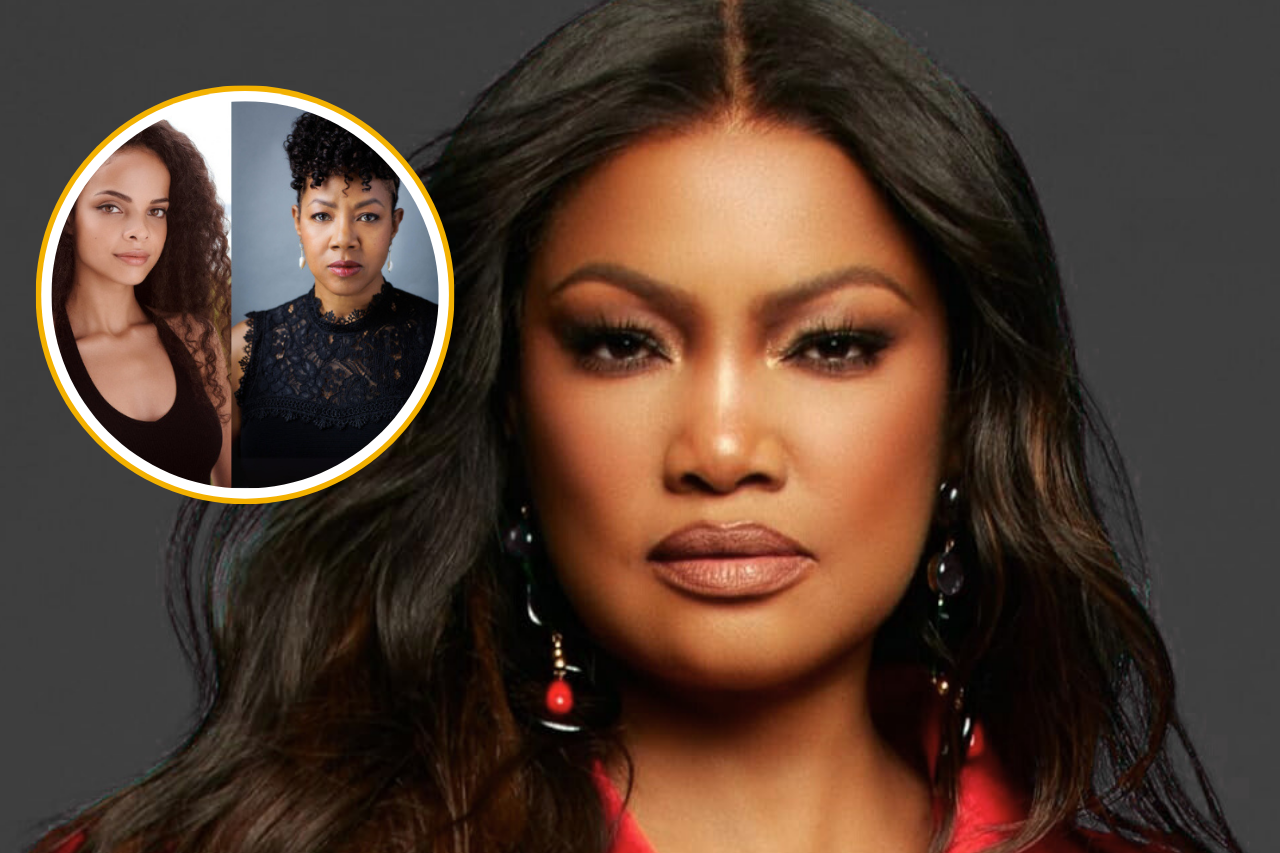A Black TikToker recently argued that pretty privilege is real, pointing to her light skin and light eyes as proof that she has long received softer treatment. The internet response was quick and pointed. Many called it what they have always known it to be in Black communities: colorism. Others took a different route, asking a blunt question. Even if she did benefit once, does that benefit follow her at fifty. The pushback was not only about how we define beauty. It was about time. It was about what happens when the currency of youth expires, and how ageism rearranges the social math for Black women whose visibility was already negotiated through colorism.
Pretty privilege is often used as a catch-all for the way attractive people are perceived as more trustworthy, capable, or worthy of help. Within Black communities, the lighter-is-righter hierarchy has a long history. Colorism rewards proximity to Eurocentric standards, often independent of facial symmetry or grooming. Featurism and texturism do similar work, elevating certain noses, lips, eye colors, and hair textures. Ageism sits on top of all of this, especially for women, where youth becomes a silent rule for who is seen, spotlighted, or believed to have value.
It helps to slow down and hear what is being said on both sides. A woman in midlife looks back and sees doors that opened more easily for her. She names it pretty privilege because that is the language the internet uses. Viewers look at the same details and hear something different. Lightness, not beauty, was the pass. That distinction matters because it points to a system, not a mirror. It is easier to debate one woman’s looks than to confront a hierarchy many of us absorbed in school pictures, casting calls, family jokes, and unspoken rules on who gets to be the “it girl.”
Short answer. Yes, but not in the way the discourse suggests. What we call pretty privilege tends to be strongest when youth is the default value of an environment. Nightlife. Entertainment. Corporate front-of-house roles. Social media that sorts faces by novelty. As women age, the baseline reward for being perceived as attractive often shifts from automatic access to conditional approval.
That approval tends to be tied to markers of respectability, wealth, health, or nostalgia. In practice, many women feel a cliff. For Black women, the cliff can come earlier because the gaze is already selective. When followers said the creator is the last person who should speak because she is fifty, they were revealing another bias. The idea that beauty belongs to the young and that authority about beauty belongs to those still coded as youthful.
Here is the tough part. Colorism does not age out. It simply changes its costume. Lighter skin still reads as softer, safer, or more marketable in many rooms. In midlife, that may show up as being assumed more approachable, getting the benefit of the doubt in professional spaces, or being centered in brand imagery that wants a “mature but modern” look. The same system that once placed light-skinned teens at the front of the line may place light-skinned fifty-year-olds at the center of a wellness campaign.
The privilege is no longer nightclub access. It is credibility optics. Meanwhile, darker-skinned peers often keep navigating the same suspicion curve every decade. If we say the creator has “aged out of privilege,” we risk ignoring how colorism is portable across the lifespan, even as certain youth-bound perks fade.
Algorithms love youth signals because youth tends to produce engagement. Fast cuts. Trend Audio. thirst traps. That bias can make midlife creators feel invisible, regardless of looks. What climbs the For You Page is not always what reflects real-world desire. It reflects what the system has learned to push. When midlife women speak about desirability or power, the audience often drags them back to the yardstick of twenty-five. That is not a personal failure. It is a design choice. Without acknowledging the machine, we end up personalizing patterns that are structural.
Outside the feed, attractiveness bias still correlates with certain advantages like higher earnings or better evaluations, but age introduces a ceiling. Studies on ageism show that women’s perceived competence can rise with age while perceived attractiveness is discounted. For Black women, competence is often proven rather than presumed. Add colorism, and the outcomes fork. Lighter-skinned women may still be coded as more “client-facing” at fifty. Darker-skinned women may still be steered to back-office or technical roles, even when leadership fits them best. This is not because beauty timed out. It is because bias layered itself differently over time.
One more reason the TikTok rankled. Memory is political. When someone frames their youth as a parade of doors opening because they were pretty, they risk erasing the structure that chose which faces to reward. Viewers who endured the opposite experience hear that erasure as a fresh sting. Naming colorism clearly does not negate her story. It places it where it belongs. She was not simply pretty. She was granted proximity points in an era that openly celebrated them. That era shaped the rooms many of us walk into today.
The answer for readers and TikTok consumers is not to argue about who is beautiful enough to speak. It is to push on the frameworks that make midlife beauty a contradiction. If platforms over-index on youth, we tell better stories that do not. If colorism whispers the same old ranking, we ask who sits on our panels, who leads our campaigns, who gets intimacy storylines on screen at forty, fifty, and sixty. If ageism tries to shrink the conversation to skincare only, we expand it to power, money, relationships, and joy. Visibility in midlife is not passive. It is built.
So, does pretty privilege have an age gap. Yes. There is a real shift in how beauty is rewarded after thirty and forty. But that is only half the truth. The other half is that colorism never retired. It simply adapted to a world that talks about wellness and clean aesthetics while preserving older hierarchies. If we want a saner conversation, we trade viral shortcuts for precise language. We stop debating one woman’s face and start measuring the systems that choose which faces matter. Midlife is not the end of beauty. It is the perfect vantage point to name what beauty has been asked to carry and to set it down.
Terms To Know
- Pretty privilege: Social advantages given to those perceived as attractive, often unconsciously.
- Colorism: Preference for lighter skin tones within communities of color that tracks power and proximity to Eurocentric beauty.
- Featurism/Texturism: Rewarding certain facial features or hair textures as more acceptable or professional.
- Ageism: Bias that devalues women as they age, narrowing who is seen and heard.
- Algorithmic taste: Platform design that boosts youth signals and novelty over range and depth.
Discover more from MidScroll
Subscribe to get the latest posts sent to your email.



